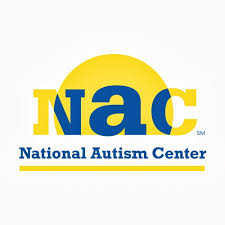Here is an answer by Teka J. Harris, M.A., BCBA: Pica (pronounced 'pike-ah') is a very dangerous disorder characterized by craving or ingesting inedible items. The word pica originates from the Latin word for magpie, a bird with a ravenous appetite known to eat just about anything.
Pica is not as rare as one might think. The disorder is commonly seen in women who are pregnant and in small children. Pica behavior is also exhibited by a number of individuals with autism and other developmental challenges. For these individuals, the behavior can be especially difficult to prevent and address, and may require special safety measures to minimize the level of risk in the home and community.
The exact cause of pica is not known, but research suggests gastric parasites, obsessive-compulsive disorder, Prader-Willi syndrome, sickle cell disease, mental illness, and/or traumatic brain injury as potential causes. There are also many studies that point to iron deficiency as the source. The theory is that due to low levels of iron in the body, some people ingest inedible items in an attempt to supplement the deficiency.
The account continues here.
 This report also draws on existing research into primary school education and cancer and the National Foundation for Educational Research (NFER) Teacher Voice survey.
This report also draws on existing research into primary school education and cancer and the National Foundation for Educational Research (NFER) Teacher Voice survey.

 To assist school professionals as they strive to help these students reach their potential, the
To assist school professionals as they strive to help these students reach their potential, the 